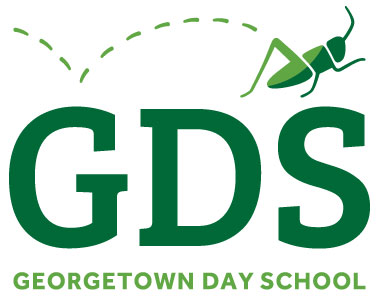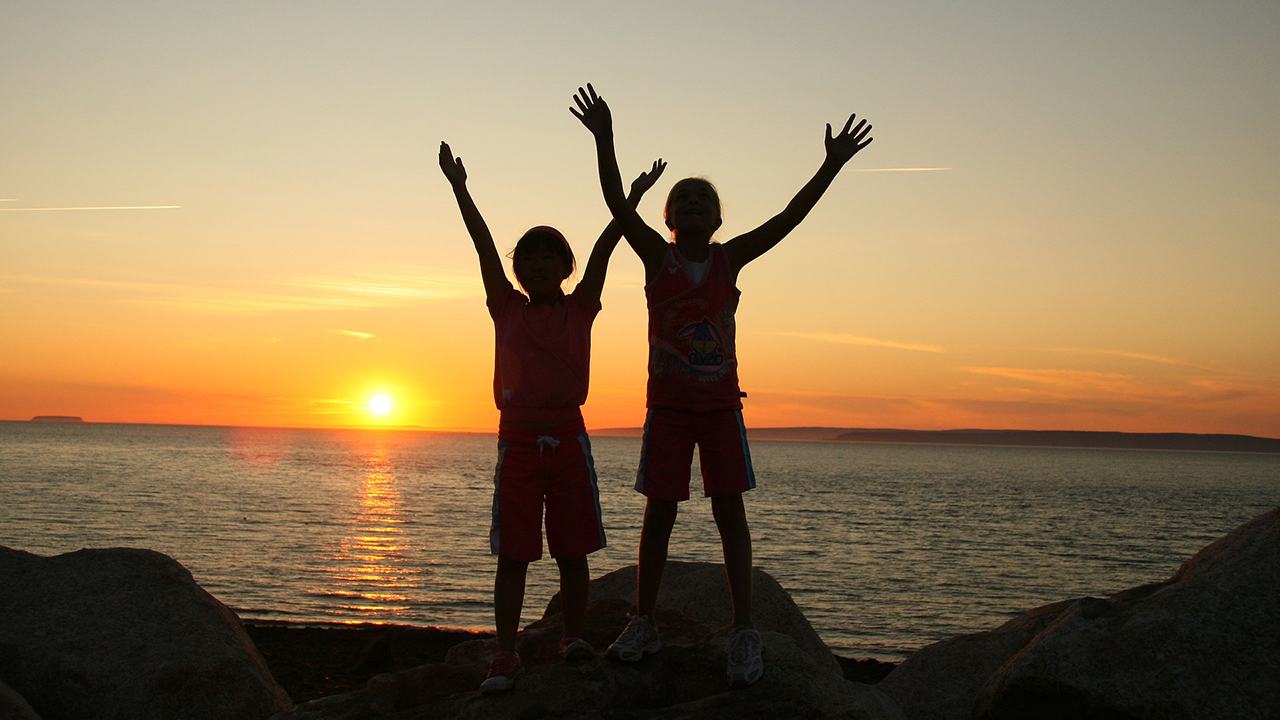Emily Dickinson once wrote that “Hope is the thing with feathers -/That perches in the soul -/And sings the tune without the words -/And never stops – at all -.” Of course, Woody Allen later informed us, “How wrong Emily Dickinson was! Hope is not ‘the thing with feathers.’ The thing with feathers has turned out to be my nephew. I must take him to a specialist in Zurich.”
Whether it is the bird that sings in the darkest of storms or our nephew who needs to see a specialist, from time immemorial, hope has been seen as the salve to our wounds, the one virtue left in Pandora’s box when all the horrors had been let loose upon the world.
As teachers and administrators, we live on hope and are eternal optimists. We believe strongly in the promise of all children. One of our core principles at GDS is that all children possess genius and have extraordinary capacity. We teach to the whole child because no one knows at the start in what endeavor or discipline a child’s genius will find itself; we are all composed of heart, mind, body, and soul and each of those elements needs to be fed. At this time of year in particular, I have the rare pleasure of seeing hope spring in three particular aspects of my job.
As an advisor, I get to help my advisees plan for the coming year. We discuss classes, teachers, their interests, what’s gone well for them, and where they have struggled. Those conversations are always infused with hope and a belief that relationships can improve; that mastery of increasingly difficult subjects is possible; that the student they were at 12 is not the student they will be at 17. As I often tell parents, the healthy child acts out at home and behaves in school. (To which parents often respond, “Then my kid must be incredibly healthy.”) But it is true; we get to see the best part of our students. With us they are generous, animated, engaged, thoughtful, kind, and productive—not every moment and not all the time, but far more often than not. They struggle at times, as we all do, with friends, with disappointment, with the thousand and one changes they are going through, but each day they get out of bed, put on their game face, and walk through the doors of the hopperdome ready to tackle whatever is coming their way.
As the administrator charged with overseeing the recruitment and hiring of teachers, I get to hear candidate’s deeply personal stories and the reasons why they chose to become teachers. Before I ask them about their mastery of their craft and their discipline, I ask them who they are. I want to know what drives and moves them. I need to know that they believe in their own ability to grow, but more importantly, I need to know if they believe in the capacity of their students to grow, to change, to become the selves they so wish to be. I want to know that they share GDS’s optimistic vision of children: that all children want to learn and are capable of excelling, that all children are born curious and open to the world, and that our job as teachers is to feed that curiosity and to keep them open to the possibilities that lie ahead.
And finally as a member of our admissions committee, I get to read the student’s own stories, as they tell of their hamster that died, of the loss of a parent or a friend, of a challenge they sought out and met head on. Their writing samples are alternately poignant, funny, whimsical, perceptive, charming, occasionally bizarre, but always richly unique and compelling. In those committee meetings we hear from our admissions officers about their interviews with the families and the children, and what comes through in those recountings is the love and hope the parents have for their children, the gifts that each and every child possesses, and the difference their presence will make in our school community.
So, whether hope is the bird that sings or our nephew with feathers, it is the trait that spurs us on, that tells us against all odds that change and growth and genuine transformation are really possible.


